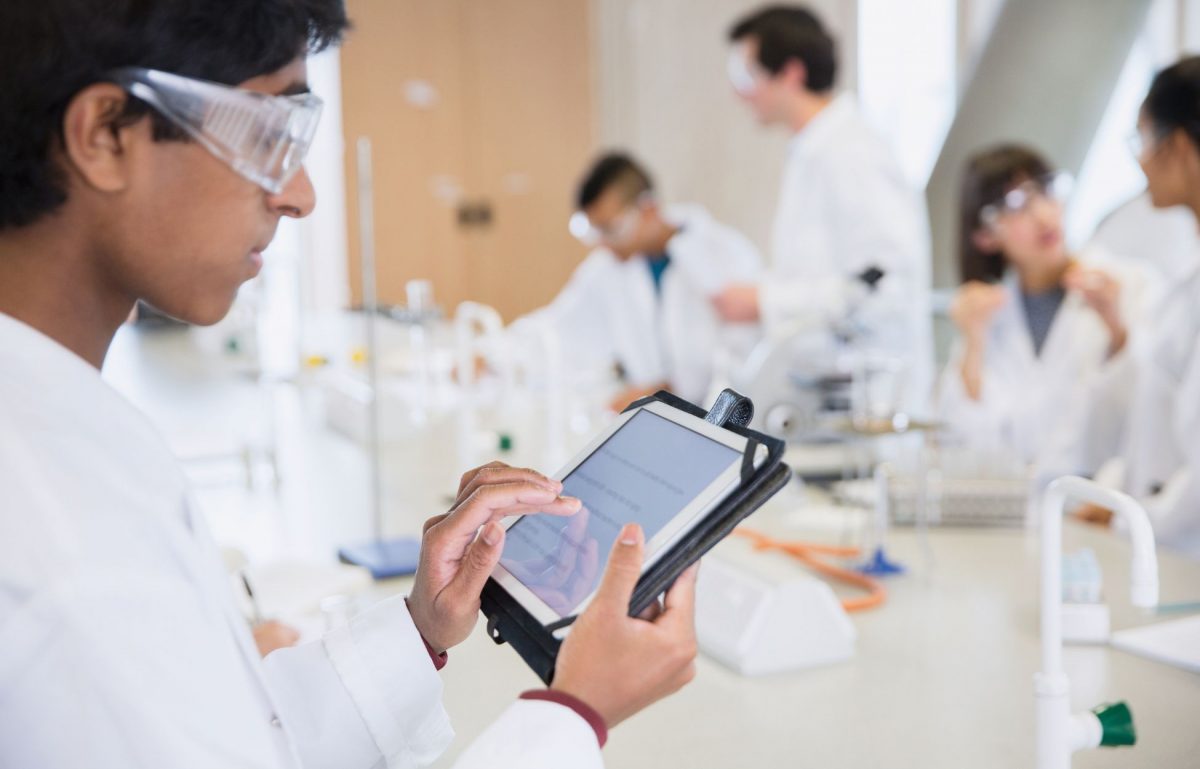Safety is one of the first things students must learn before stepping into a lab. Instructors must cover a wide range of safety materials while keeping the information digestible for students. If you’re struggling to find ways to make this material more accessible, here are some tips for teaching students about laboratory safety.
Use Demonstrations and Models
Standing at the podium and lecturing to your students isn’t the best teaching method for laboratory safety. If you’re looking for a more engaging way of teaching, consider using live demonstrations and models for lab safety practices. For example, when instructing students how to sterilize laboratory forceps and other equipment, consider performing a demonstration and letting the kids try it themselves rather than showing images or watching a video. The hands-on experience will help the material stick. While not every lesson can be interactive, the extra planning is worth it when teaching the importance of lab safety.
Play Practice Games and Activities
While quizzes and tests are effective ways to measure your students’ understanding of the material, they tend to forget the information after the testing period. If you really want the safety lessons to stick with your students, consider teaching them with games and activities that will keep them engaged. Games and other creative learning methods tend to be more memorable and stick with students for longer periods.
Use Technology in Lessons
Today’s generation of students researches and discovers new information through technology every day. If you’re looking for ways to connect with your students and find exciting new ways to teach lab safety, try using technology! For example, you can utilize virtual laboratory simulations and laboratory tours that students can access outside of the classroom on their personal devices.
These are just a few tips for teaching students about laboratory safety in engaging ways. Using these strategies will help students retain safety information so they are better prepared to perform experiments and other laboratory studies.













